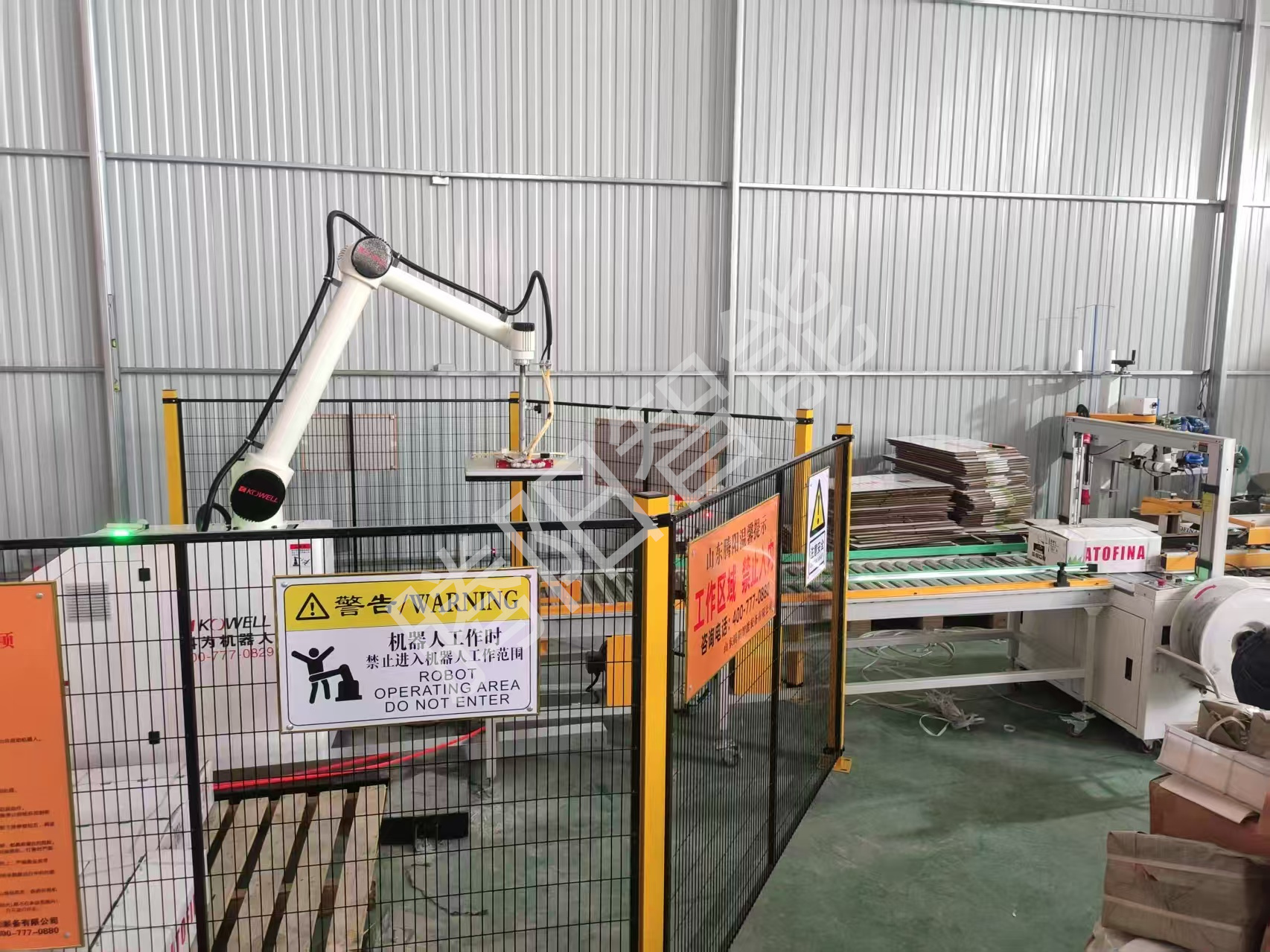Similarities and differences between collaborative robots and industrial robots
Release time:
2025-03-24
With the transformation and upgrading of the manufacturing industry and the development of the electronics manufacturing industry, collaborative robots have become a hot topic. Collaborative robots are a new type of robot that can work with humans in the same workspace to complete tasks that require collaboration, such as assembly, handling, labeling, etc.

With the transformation and upgrading of the manufacturing industry and the development of the electronics manufacturing industry, collaborative robots have become a hot topic. Collaborative robots are a new type of robot that can work with humans in the same workspace to complete tasks that require collaboration, such as assembly, handling, labeling, etc. Industrial robots refer to robots used in industrial fields such as production and manufacturing. They are usually dedicated, heavy-duty, and can complete production and processing tasks at high speed.
What are the differences between collaborative robots and industrial robots?
(1) Flexibility and adaptability
Collaborative robots are designed to be highly flexible and adaptable, allowing them to be easily reconfigured to suit different tasks and applications. They are lightweight and usually have a small footprint, making them easy to move and integrate into a variety of workspaces.
Industrial robots are usually larger and heavier. They are usually enclosed in safety cages or barriers to protect human workers from potential harm, making them more difficult to move and integrate into new workspaces.
(2) Safety features
Collaborative robots are usually equipped with highly sensitive sensors and advanced safety systems that can detect changes in the surrounding environment in a timely manner, can sense the presence of people in a timely manner, and stop working in dangerous situations to protect human safety.
Industrial robots usually need to be manufactured under fixed robotic arms. Due to their high speed and certain safety risks, they usually need to be isolated and protected during the manufacturing process.
(3) Easy to program and integrate
Collaborative robots usually use simplified programming methods, making it easy for ordinary employees to learn and operate. They are usually equipped with intuitive user interfaces and simple instruction sets, and tasks are set through drag-and-drop operations or graphical programming.
Industrial robots usually require complex programming codes, including joint motion path planning, sensor data processing, etc. Therefore, the programming of industrial robots generally requires specialized engineers or technicians to complete.
Latest News
Unpacking and Feeding Robots: Ushering in a New Era of Unmanned Raw Material Handling!
In modern factories, raw material unpacking and feeding are experiencing revolutionary breakthroughs! By fully automating the entire process, unpacking and feeding robots completely eliminate the pain points of manual operations, such as low efficiency, excessive dust, and high labor intensity.
2025-10-27
Column Palletizer: Efficient Palletizing Expert in Compact Spaces
How can you achieve efficient palletizing in space-constrained factory environments? Column palletizers, with their unique structural design and superior performance, are the ideal solution for palletizing in tight spaces!
2025-10-20
The era of manual palletizing is over!
On modern production lines, manual palletizing is gradually becoming a thing of the past. Faced with increasing productivity and cost pressures, traditional manual palletizing can no longer meet the needs of business development. The emergence of palletizing robots has completely changed this situation!
2025-10-13
Palletizers: Improving Efficiency Starts Here
In the increasingly competitive manufacturing and logistics sectors, continuously improving efficiency and reducing costs have become core concerns for companies. Palletizing, as a critical step in the production process, directly impacts overall operational effectiveness. The introduction of palletizers is a crucial starting point for companies to achieve breakthroughs in efficiency.
2025-09-29
Small Carton Collaborative Palletizing Station: A Flexible, Efficient, Intelligent Upgrade Option!
For small-batch, high-variety carton palletizing, traditional large-scale palletizing systems are often cumbersome and uneconomical. However, the Small Carton Collaborative Palletizing Station, with its flexibility, safety, and efficiency, is becoming an ideal solution for small and medium-sized businesses!
2025-09-22
Palletizing Robots Improve Efficiency in Feed and Pet Food Projects
In the feed and pet food industry, expanding production scale and intensifying market competition have made efficiency improvements crucial. Palletizing, the final process before shipment, is traditionally performed manually, characterized by low efficiency, high costs, and high labor intensity, becoming a production bottleneck. The application of palletizing robots is bringing a new solution to the industry!
2025-09-15




